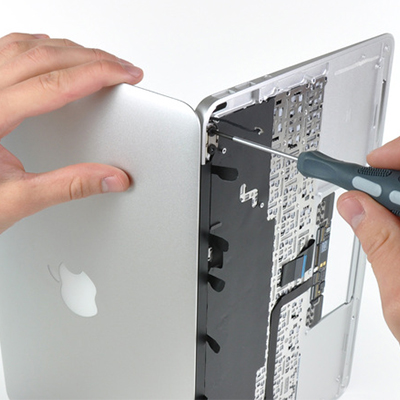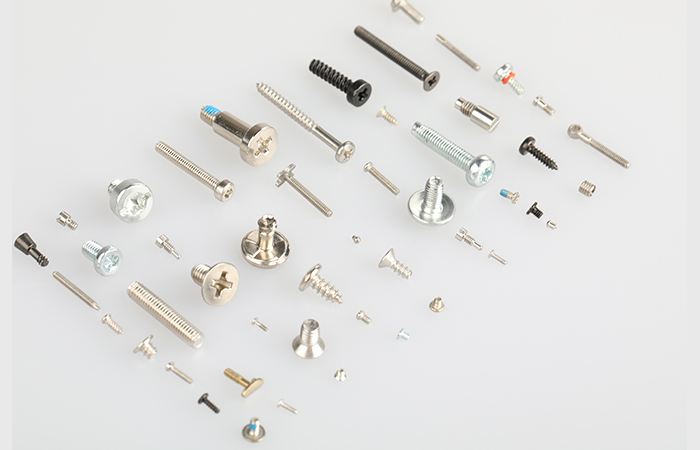The key role of screws in electronic equipment and technology development
In modern electronic equipment manufacturing, screws, as a basic but indispensable component, play an important role in connecting, fixing and supporting. Their design and application directly affect the performance, reliability and maintenance costs of the equipment.
Equipment assembly and fixation
The most basic function of screws is to securely fasten the components of electronic devices together. Whether it's a laptop, smartphone or home appliance, screws are a key factor in ensuring the structural stability of the device. With the right type and specification of screws, manufacturers are able to ensure that devices do not loosen or become damaged during transportation, use and maintenance.
Material Selection and Design Optimization
With the trend of increasingly smaller and lighter electronic devices, the materials and design of screws are also evolving. High-strength alloy steel and stainless steel are widely used in scenarios requiring high corrosion resistance and long-term durability, such as outdoor equipment or industrial control systems. At the same time, the design of the screw head varies according to the application scenarios, including Phillips head, hex head, Torx head, etc. These designs not only facilitate the operation, but also reduce the risk of damage to the screw head due to improper operation.
Precision Assembly Requirements
In some high-precision electronic devices, such as medical diagnostic equipment and scientific instruments, the accuracy of screws is particularly stringent. These devices often require specific assembly processes to ensure that the torque, position and pressure of each screw are strictly controlled to avoid improper assembly, which may affect the accuracy and long-term stability of the device.


Innovation and Future Trends
As technology evolves, so does the design and application of screws. Some emerging technologies such as 3D printing and nanotechnology offer new possibilities for screw customization and production. For example, with 3D printing, it is possible to create screws with complex shapes, adapting to the needs of more specific and individualized devices. In addition, some electronic devices are beginning to use self-locking screws or screwless structures to improve assembly efficiency and reduce maintenance costs, which are the future direction of screw technology development.
Although the screw as a tiny component of electronic equipment, but its role in ensuring the stability of the equipment structure, operational reliability and ease of maintenance should not be underestimated. With the progress of science and technology and changes in market demand, the material, design and application of screws will continue to evolve, providing solid support for the performance improvement of electronic equipment and the application of new technologies.






